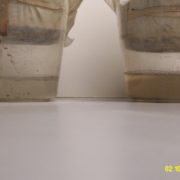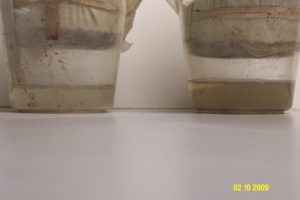Gypsum Approved as a New Conservation Practice For Conservation Stewardship Program (CSP)
The use of gypsum for reducing nutrient and pathogen runoff from fields has been added as a conservation practice for the Conservation Stewardship Program nationwide. This is not only surface runoff, but also reduction in phosphorus and pathogens from drainage tiles. There is cost share in some states if you are enrolled in the Conservation Stewardship Program. This is in addition to NRCS recognizing it as a Conservation Practice Standard in 2015. In at least 17 states the use of gypsum has been approved for cost share in EQIP. You may want to check with your local NRCS for details. If it isn’t approved in your state, you may want to persuade your NRCS to have it considered. Gypsum has been used by most of our customers to improve soil drainage and soil health as well as a good source of available calcium and sulfur. We should recognize using gypsum not only increases our productivity, but also is a soil stewardship practice that helps keep the environment cleaner by reducing runoff. It also means less of our fertility $$ are leaving our field.
Picture below shows dirty water (right side) from filtrate in soil untreated with gypsum. Filtrate on left is from soil treated with gypsum. This is one reason why less phosphorus and other nutrients leaves fields in runoff.






